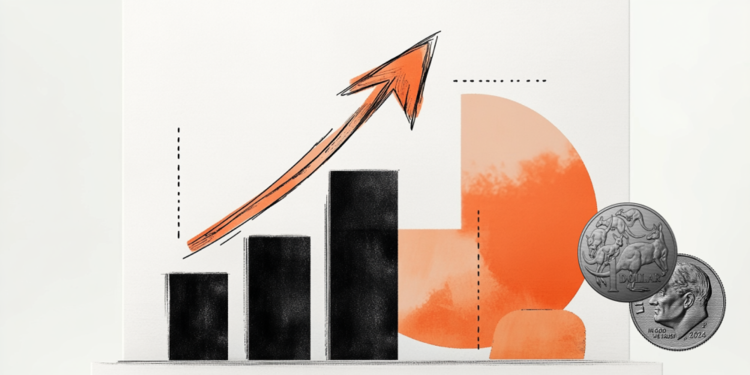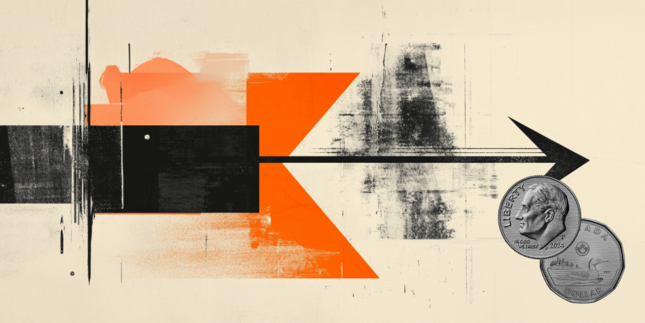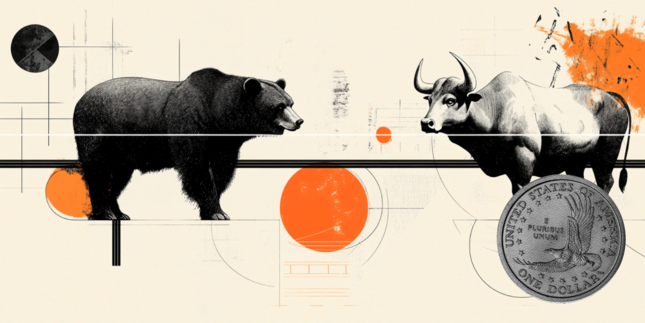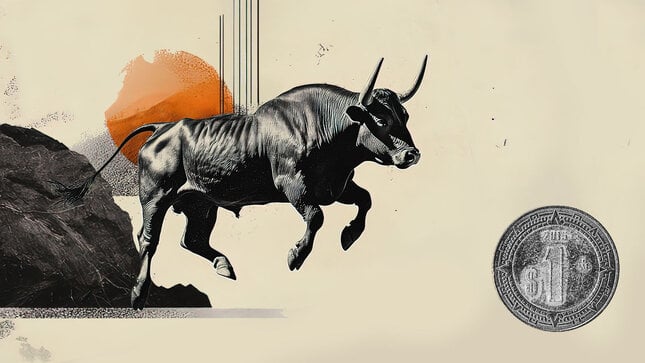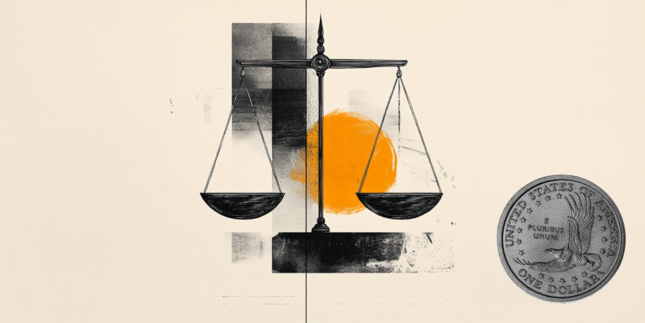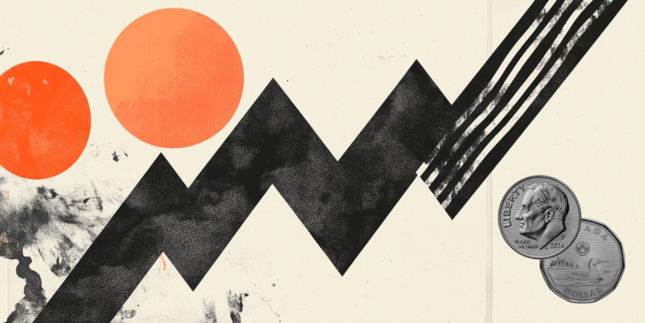Australian Dollar rallies as markets digest Trump's words
- Aussie pair surges 1% to 0.6255 on Monday.
- Trump administration unveils a measured approach to tariffs.
- Softer USD underpins global equities, bolstering risk appetite.
The marked sell-off in the US Dollar on Monday paved the way for the AUD/USD to gain notable momentum, allowing it to reach multi-day peaks just below the 0.6300 threshold at the start of the week. The movement was part and parcel of markets digesting Donald Trump’s inauguration speech signals. This sharp rally came despite lingering questions over the Reserve Bank of Australia’s (RBA) policy path and mixed domestic fundamentals, highlighting the influence of a broadly weaker Greenback on high-beta currencies like the Aussie.
Daily digest market movers: Aussie recovers mainly due to a softer USD
- The Aussie is gaining traction as the US Dollar loses traders’ interest at the start of the week. The US Dollar Index revisited levels beneath 108.00 on Monday, reflecting a pronounced bout of risk-on sentiment.
- Following his inauguration, President Donald Trump directed federal agencies to examine persistent trade imbalances and consider corrective actions — particularly toward nations like China, Canada and Mexico, although a taskforce will first evaluate potential tariffs.
- Global stocks hold firm, buoyed by hopes that the new administration’s initially measured stance on trade may avert major upheavals.
- Market speculation concerning a Fed rate cut by mid-year grows with the CME FedWatch Tool assigning a 55% chance to a hold in May before a possible move by June.
- On the local front, the Aussie may suffer from a mixed economic outlook, or if the RBA eventually gives hints that it will start cutting rates in Q1 of 2025.
AUD/USD technical outlook: Bulls eye higher ground amid choppy swings
The AUD/USD pair jumped by 1% to 0.6255 on Monday, extending its recovery from previous setbacks. The Moving Average Convergence Divergence (MACD) histogram continues printing green bars, hinting at building bullish momentum.
Meanwhile, the Relative Strength Index (RSI) stands in the upper 50s near 59, having climbed sharply and reinforcing a positive tone. If the pair can consolidate above the mid-0.6200s, it could set its sights on the psychological 0.6300 barrier, although persistent policy and growth concerns may still temper any further upside.
Risk sentiment FAQs
In the world of financial jargon the two widely used terms “risk-on” and “risk off'' refer to the level of risk that investors are willing to stomach during the period referenced. In a “risk-on” market, investors are optimistic about the future and more willing to buy risky assets. In a “risk-off” market investors start to ‘play it safe’ because they are worried about the future, and therefore buy less risky assets that are more certain of bringing a return, even if it is relatively modest.
Typically, during periods of “risk-on”, stock markets will rise, most commodities – except Gold – will also gain in value, since they benefit from a positive growth outlook. The currencies of nations that are heavy commodity exporters strengthen because of increased demand, and Cryptocurrencies rise. In a “risk-off” market, Bonds go up – especially major government Bonds – Gold shines, and safe-haven currencies such as the Japanese Yen, Swiss Franc and US Dollar all benefit.
The Australian Dollar (AUD), the Canadian Dollar (CAD), the New Zealand Dollar (NZD) and minor FX like the Ruble (RUB) and the South African Rand (ZAR), all tend to rise in markets that are “risk-on”. This is because the economies of these currencies are heavily reliant on commodity exports for growth, and commodities tend to rise in price during risk-on periods. This is because investors foresee greater demand for raw materials in the future due to heightened economic activity.
The major currencies that tend to rise during periods of “risk-off” are the US Dollar (USD), the Japanese Yen (JPY) and the Swiss Franc (CHF). The US Dollar, because it is the world’s reserve currency, and because in times of crisis investors buy US government debt, which is seen as safe because the largest economy in the world is unlikely to default. The Yen, from increased demand for Japanese government bonds, because a high proportion are held by domestic investors who are unlikely to dump them – even in a crisis. The Swiss Franc, because strict Swiss banking laws offer investors enhanced capital protection.
Forex News
Keep up with the financial markets, know what's happening and what is affecting the markets with our latest market updates. Analyze market movers, trends and build your trading strategies accordingly.
